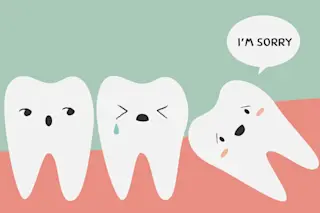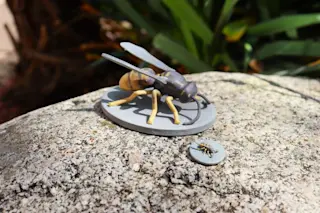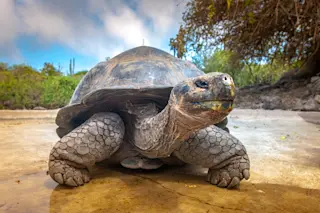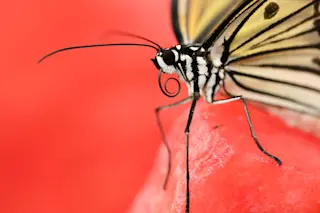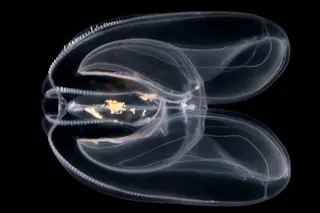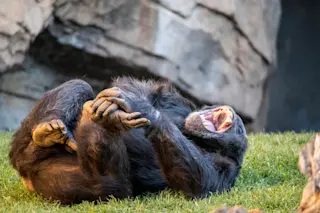Wisdom teeth seem like a biological mishap. Our third and final set of molars to grow, wisdom teeth don’t quite fit in many people’s mouths, leading to millions of surgeries per year. But in some people, these "extra" teeth come in just fine, while others don't have them at all. What’s the biological story here?
First let’s establish what’s probably not the story: Conventional wisdom about wisdom teeth assumes evolution was doing away with these unnecessary chompers until modern medicine halted the process. Throughout childhood, our permanent teeth emerge from the gums in a gradual sequence, starting with the first molar and incisors between ages 6 to 9 (Table 5.1). By our early teens most teeth are in place, except for the third molars (M3s), which usually appear between ages 17 and 24. If there’s not enough space left, wisdom teeth become impacted, or unable to penetrate the gums properly.
...


